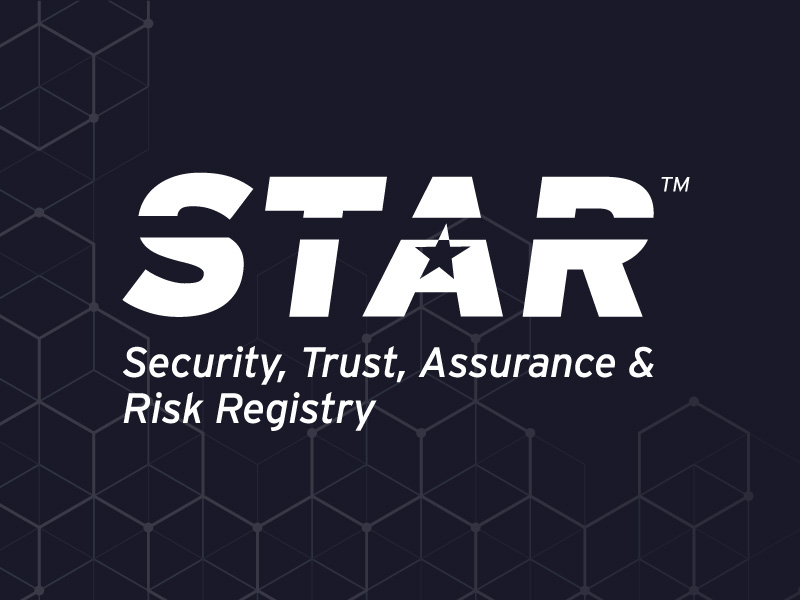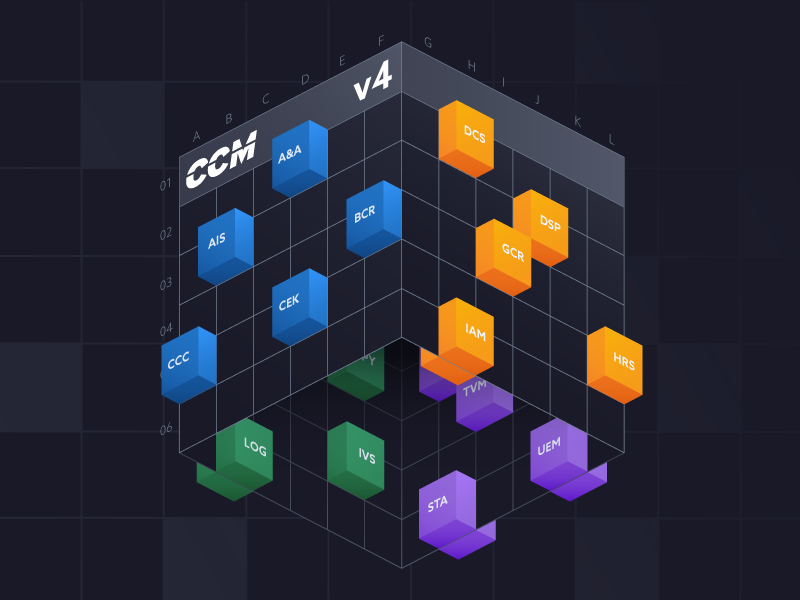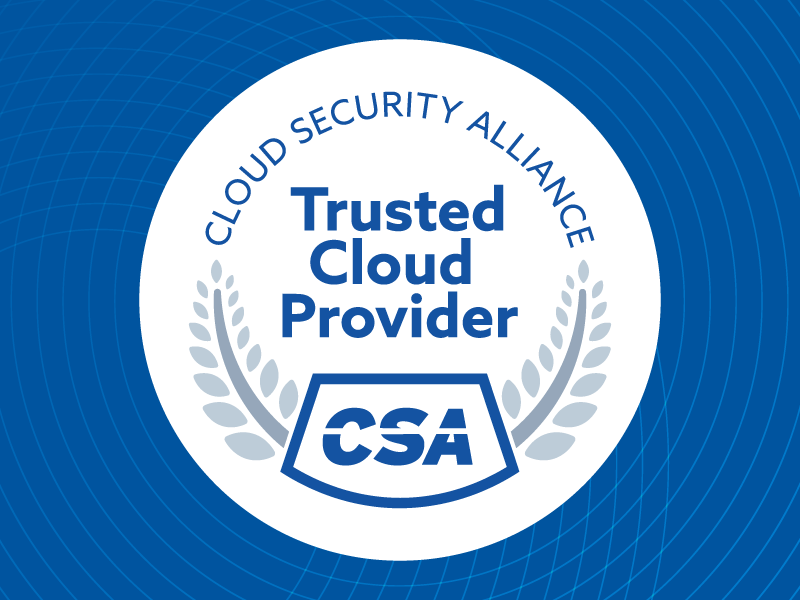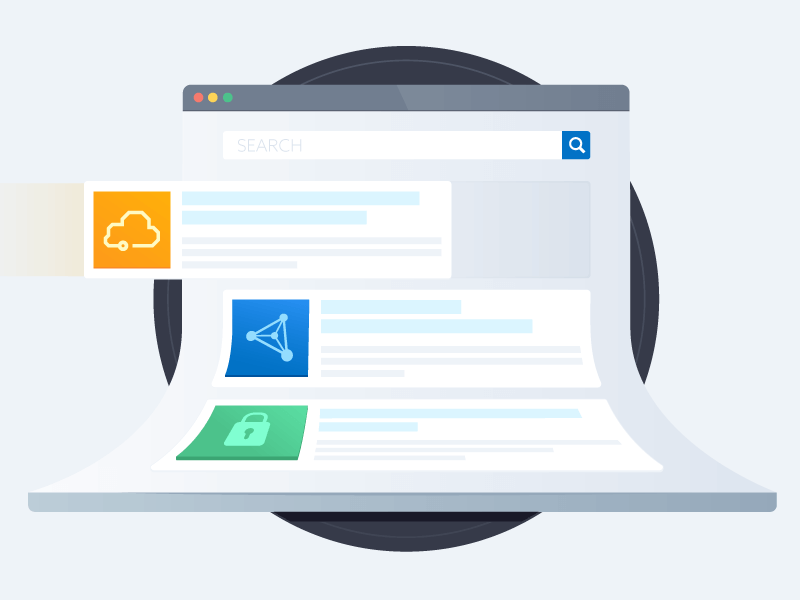5 Steps of the Security Questionnaire Process to Automate Today
Published 05/01/2025
Originally published by Vanta.
Written by Lucia Giles.
As organizations sell to more discerning buyers, scrutiny on security and compliance practices grows. It’s certainly warranted—the frequency of third-party breaches is on the rise. In our State of Trust Report, almost half of all organizations surveyed say that a vendor of theirs experienced a data breach since they started working together.
This results in the need for more security questionnaires to investigate security practices and mitigate risk. Buyers use them to vet sellers and gather information that attests to the strength of the third party’s cybersecurity controls and policies—and ultimately, the safety of working with them. For a buyer, it’s easy to see why security questionnaires are a necessary part of the due diligence process before inking a deal.
But for sellers, questionnaires are a burden on resource-strained security teams. Questionnaires often include hundreds of questions and require input and approval from multiple members of your organization—from legal teams who manage NDAs on sensitive security documents to security subject matter experts who need to jump in on nuanced and in-depth questions about controls and policies.
An average company could spend 5-15 hours on a single security questionnaire—and may spend even more than that if they sell to customers in highly-regulated industries. For large organizations that need to manage hundreds of questionnaire requests each month, the work really adds up.
One way to lighten the load of security questionnaires is to automate different steps of the process that have traditionally been manual. Below, we break down five steps of the security questionnaire process that teams can automate for a more efficient workflow.
1. Evidence gathering
Security questionnaires require evidence that attests to your organization’s security controls and policies. That evidence is stored across security documentation that may live in different systems and formats across your organization. With automation and AI, you can consolidate information that has previously been stored or shared about your organization into a centralized knowledge base to draw from in the future.
This alleviates the burden of manually hunting for the same document or piece of data over and over again—and puts all the relevant information in a single, easily accessible location. The ability to tag information to certain products helps to further organize information.
2. NDA collection
It’s likely that prospects will need to sign an NDA before viewing some of your more sensitive security documentation. While this sounds like a simple step in the security review process, manually requesting and tracking NDA approval can easily become clunky and time-consuming. It often includes long back-and-forth conversations via email and the need to cross-check different systems to confirm access requirements and controls.
With a Trust Center, you can collect and track NDA signature status more efficiently with less human intervention. You can set varied conditions and requirements for NDAs based on the sensitivity of different pieces of information and automate NDA request triggers when prospects request to view this information.
3. Drafting answers
Drafting answers for each security questionnaire takes a long time and often includes very redundant work. A lot of your prospects likely use some variation of the same industry-standard questionnaire formats like CAIQ or SIG. These questionnaires are lengthy (the latest version of CAIQ includes over 260 questions!) and all include variations of the same questions.
AI makes a huge difference here. AI can scan your centralized knowledge base of security documentation and previous questionnaire responses to automatically craft answers to each question for your team to then review, approve, and submit. AI can also gather the correct information and take cues from previous questionnaire responses to guide tone of voice.
4. Gathering internal approvals
Similar to the NDA collection process, internal approvals on security questionnaire responses and content can become a burden when they are chased manually—via email or Slack channels, for example.
It’s very common for teams to require certain subject matter experts to review specific questionnaire responses related to their area of expertise. Another common scenario is when security teams need to tap in legal counsel to review and approve language before questionnaires are finalized and submitted.
AI can consolidates review and approval processes—assigning owners to each questionnaire response and allowing stakeholders to comment natively to reduce manual project management.
5. Communicating updates and changes
Security policies and controls are always evolving. It’s often necessary to provide updated information to prospects during or after the official security review. With a Trust Center, you can create a centralized hub where prospects find up to date information and self-serve the answers to any follow up questions they may have about your program. Buyers can also choose to subscribe to updates, staying up to speed on things like a change in your subprocessor.
Trust Centers reduce the need for one-to-one communication about updates to your program and give viewers access to updated evidence of your passing controls and your most recent versions of policies and audit reports. Trust Centers also can leverage AI to power chatbots that answer inbound questions from your customers.
Unlock Cloud Security Insights
Subscribe to our newsletter for the latest expert trends and updates
Related Articles:
AAGATE: A NIST AI RMF-Aligned Governance Platform for Agentic AI
Published: 12/22/2025
Agentic AI Security: New Dynamics, Trusted Foundations
Published: 12/18/2025





.png)
.jpeg)
.jpeg)

.jpeg)